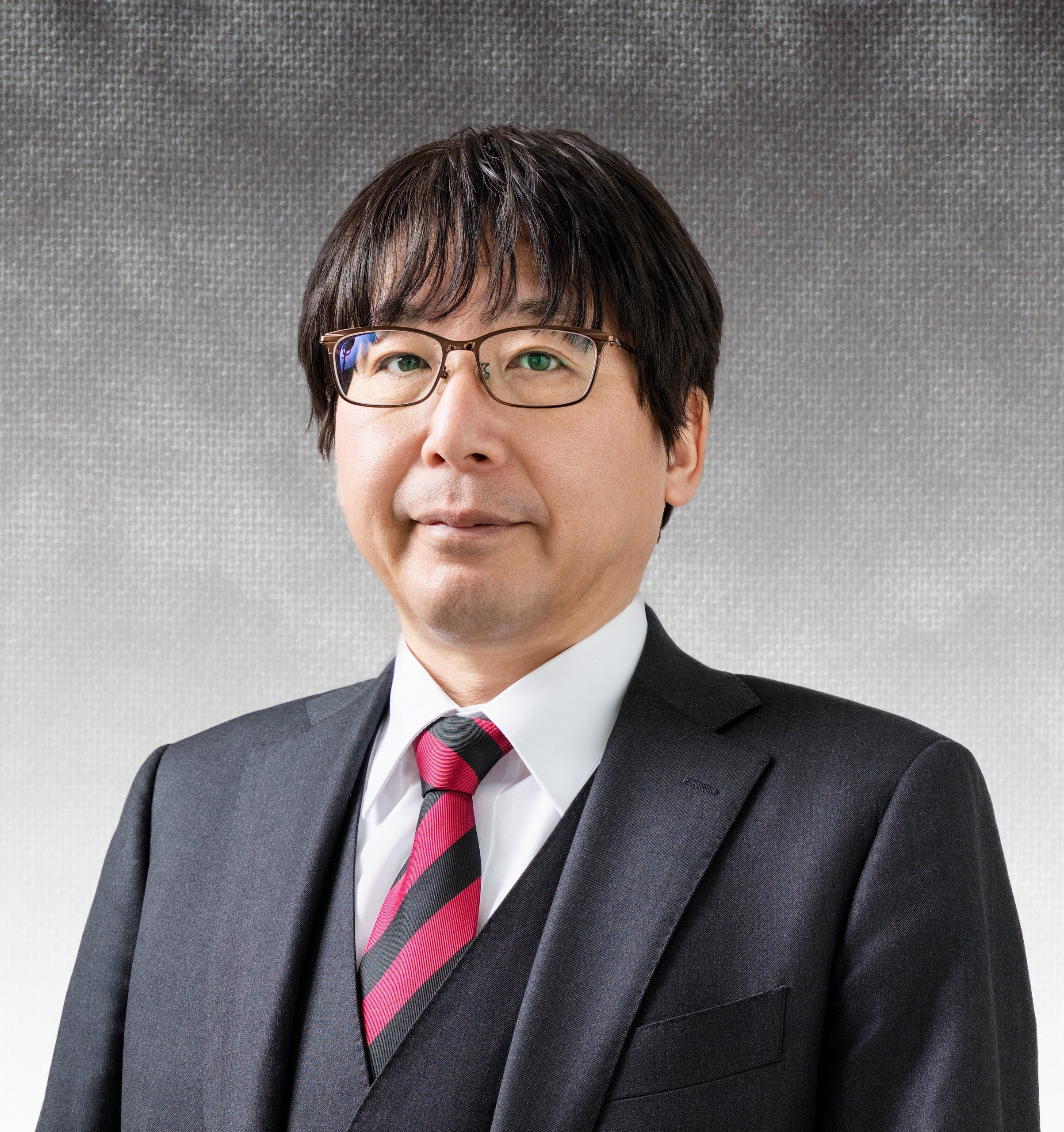Masayuki Manabe, Director of the Waseda University History Museum
The Waseda University History Museum is a facility with three functions related to the history of Waseda University, namely exhibitions, archives (collection, preservation, and publication of historical documents), and study and research thereof. As for exhibitions, multifaceted exhibitions are held in the exhibition room of the Waseda University History Museum on the first floor of Building No. 1, located on the right as you enter the main gate of the Waseda campus. Such exhibitions convey the past of Waseda University and aim to look at the present and future from that point of view. As for archives, there is a facility commonly known as the Higashifushimi Archives, located on the 5th floor of STEP22 (Building No. 79), just off Higashifushimi Station, Seibu Shinjuku Line. Here materials and information related to the history of Waseda University are collected, organized, preserved, and displayed. Furthermore, as for study and research, the Higashifushimi Archives is currently editing further volumes of the Waseda University 150 Years Chronicle and publishes the Transactions of Waseda University Archives every year, which contains the results of the History Museum’s study and research. Since 2009, the University-wide Waseda Studies course has been established by the Global Education Center , which is responsible for teaching the history of Waseda University based on the results of past research.
The Waseda University History Museum traces its roots to the Section for University History, which was established within the Library in 1961. In April 1970, the Editorial Department of the University History was established to collect materials, conduct surveys, and research activities, with the editing of The Centenary History of Waseda University as its core responsibility. After the completion of The Centenary History of Waseda University in 1997, the department was reorganized as the Waseda University Archives with a view to developing it as a university archive. Over 11 years, from 2004 to 2015, the Archives transcribed and edited the Okuma Monjo held by the Waseda University Library. This collection was published as Okuma Shigenobu Kankei Monjo (Documents related to Okuma Shigenobu) in a total of 11 volumes through Misuzu Shobo. In 2018, the (former) Waseda University History Museum was established as an exhibition facility in Building No. 1 on the Waseda campus. In 2022, the (former) History Museum and the Waseda University Archives were integrated and embarked on a new start as the new Waseda University History Museum.
Waseda University owes much of its present status to its rich history. Notably University founder, Shigenobu Okuma, and those key personnel who worked under him, including Azusa Ono, Sanae Takata, Kenkichi Ichishima, Shoyo Tsubouchi, and Tameyuki Amano, as well as faculty members, students and alumni, and others in the Waseda University community who have worked hard to inherit their achievements and develop the University to the present day. The present and future of Waseda University are built on the efforts of all these people. Waseda University History Museum’s mission is to collect and preserve materials for contemplating the present and future of Waseda University’s history while presenting them to society in the form of exhibits and research results. In addition, the collection of materials is essential for historical research and compilation. Not only faculty and staff-related materials, but also snapshots of students, lecture notes, videos, and other memorabilia of individuals are important documents. If you possess such materials, we would sincerely appreciate your consideration of donating them to us.
Furthermore, the foundation funds are essential for the operation of the History Museum. We are accepting donations for the Waseda University History Museum Fund. We would be grateful for your help in building a center for the dissemination of intellectual and cultural information that will preserve the history of the University and the activities of its faculty, staff, students, and alumni for future generations.